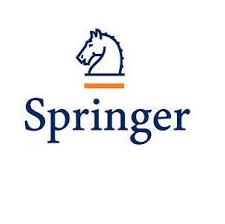Conclusion
In this paper, a mixed multicast architecture for IoT environments is proposed, which selects the traditional multicast architecture—centric, hierarchical, or distributed—- most suited to the current state of an IoT system. The paper introduces an algorithm to construct the multicast tree using the proposed architecture and then presents a case study to describe each traditional multicast architecture in an IoT environment. To measure performance of the proposed architecture, a simulation environment was constructed using the network simulation package NS-2; a performance comparison between the proposed multicast architecture and the three other traditional other multicast architectures was then completed. The performance metrics used were endto-end delay, packet loss, throughput, and average energy consumption; to ensure that the proposed multicast architecture was working smoothly, a usage percentage for each architecture, and a transformation rate was measured. The results showed that the mixed multicast architecture improves upon traditional multicast architectures as follows: End-to-end delay decreased by 25.16%; packet loss was reduced by 38.12%; throughput increased by 28.57%; and average energy was reduced by 23.11, 9.95, and 14.51% for WSN, RFID, and MANET respectively. Finally, transformation between multicast architectures showed that the distributed multicast architecture has the highest percentage utilization, which is consistent with the characteristics of IoT environments.








